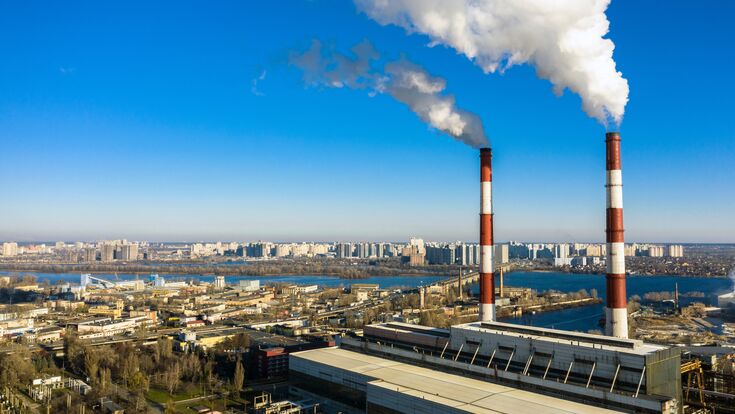Waste-to-Energy : WTE trade group is launched in the US

More than 70 waste-to-energy (WTE) facilities handle the post-recycled waste of 30 million households and businesses in the United States. The WTE sector employs more than 6,000 essential workers, resulting in a direct economic impact of approximately $400 million.
The sector has undergone a multitude of changes over the past few years, from regulatory developments to acquisitions, but plant operators have not had a specific trade association to represent their interests. This is about to change. A consortium of waste industry partners and local governments just launched the Waste-To-Energy Association (WTEA). This coalition wants to promote the recognition of waste-to-energy’s valuable role in reducing greenhouse gases and generating renewable energy. The WTEA is described as the successor of the Energy Recovery Council and is based in Washington, D.C.
WTEA members include companies such as Covanta and WIN Waste Innovations and local governments served by waste-to-energy plants, as well as those who work in the municipal waste management and energy fields.
WTE as sustainable waste management
Thomas P. Hogan, who has more than 30 years of experience guiding associations and corporate clients in legal, regulatory, and government relations matters in local, state, and federal arenas, will serve as President of the WTEA. “As global climate change concerns mount, there is a critical need for the public and policymakers to recognize the valuable role that waste-to-energy facilities play in sustainably disposing of the waste we all generate,” Hogan says. “WTEA will work to educate and advocate on the complexities of managing waste and the net carbon reduction that results from the work being done at WTE facilities across the country every day.”
“While demand for essential waste services increases and landfills rapidly fill, waste-to-energy is a solution that recovers and preserves natural resources, diverts waste from landfills and reduces greenhouse gases,” says WTEA Board Member and Treasurer Allia Saydjari, who is Senior Director of Sustainability for WIN Waste Innovations, which has 14 waste-to-energy facilities.
The U.S. Environmental Protection Agency and European Union recognize waste-to-energy as a preferred method for sustainable waste management. “Waste-to-energy facilities are key components of our country’s waste management strategy,” says WTEA Board Member and Secretary Alyssa Wilds, Senior Manager of Corporate Relations at Covanta. “Being a member of the WTEA helps me further important conversations about sustainability, environmental solutions and impact, and WTE’s vast benefits to the communitieswe serve. I am proud to support the WTEA and all of its efforts."
Kevin Spillane, Executive Director of the Onondaga County Resource Recovery Agency and WTEA Board Member, says the county’s WTE facility reduces the need for critical landfill space and offsets the need for fossil fuel-based power sources by generating enough power formore than 30,000 homes. “The energy from our WTE facility is an important source of revenue for sustaining our county’s other key solid waste management programs, such as our award-winning recycling program, household hazardous waste collection, and composting, all while generating fewer harmful greenhouse gas emissions than landfills,” Spillane says, adding that the WTEA “will make our industry safer, cleaner, and even more sustainable.”
Hogan and the WTEA staff are engaging community partners and industry stakeholders to ramp up a national coordinated effort to spotlight the important public policy benefits the industry will contribute to a more sustainable tomorrow.
